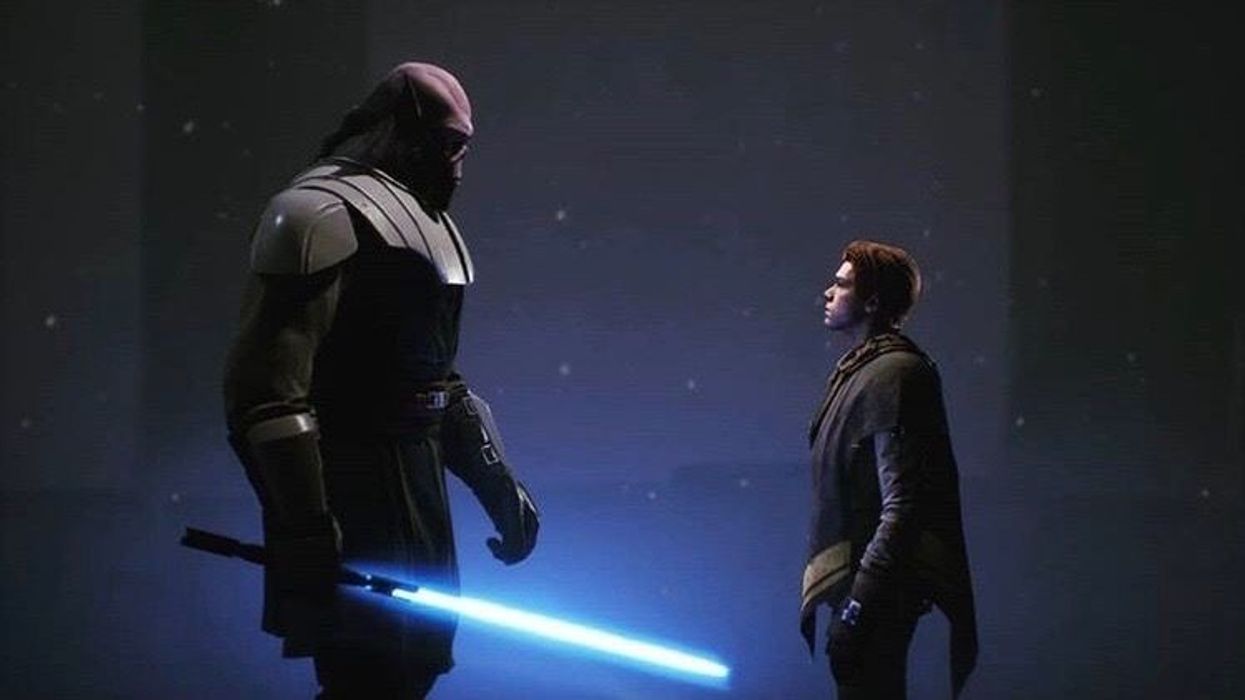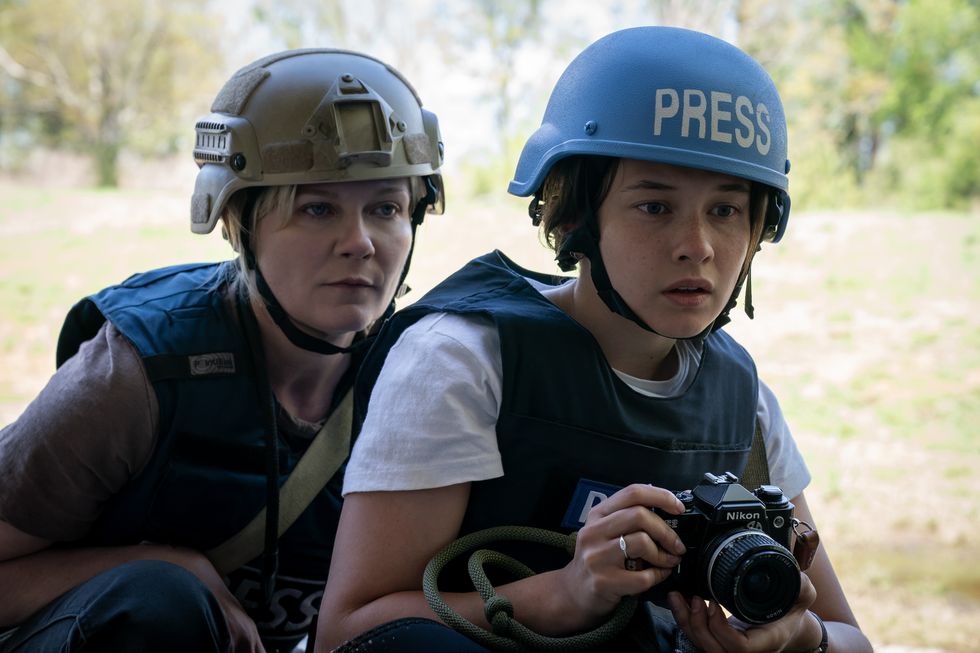What’s a "Character’s Ghost"? How to Write Backstory
Everyone has a ghost or two from their past.

A character’s past can haunt them. In fact, a character’s past should affect who they are when your story begins.
Backstory provides insight into your characters’ personalities, values, beliefs, and motives, giving us context to who they are as a person and what prompts their course of action. The term backstory is broad, and not everything in your character’s past will be interesting to the audience. So let’s focus on one aspect of backstory.
One of the great narrative tools you can use to develop your character is by giving them a ghost. A character’s ghost can be effective at engaging with an audience, allowing them to fully realize the emotional depth of the character through their backstory.
Story Mode breaks down how Star Wars Jedi: Fallen Order’s narrativeteaches us how to create an effective character’s ghost that has a great payoff in the end. Check out the full video below.
What is a character’s ghost?
Screenwriter John Truby defines a character’s ghost as “an event from the past that still haunts the hero in the present. The ghost is an open wound that is often the source of the hero's psychological and moral weakness.”
The narrative device is a major part of the story’s foundation as it determines what path your character will follow. Structurally, the ghost is a counter desire, holding the character back from the desire that drives them forward.
How to write a character’s ghost well
A major pitfall many writers face is overwriting exposition at the start of the story to define who the character is. The audience doesn’t need to know everything about the character from the word “go.”
Star Wars Jedi: Fallen Order does this well by showing us a pinnacle moment in Cal Kestis’ backstory in the opening sequence. The audience sees a moment that changed Cal’s life, but the moment has enough vagueness shrouding it that it piques our curiosity. Throughout the narrative, the story flashes back to Cal’s time as a padawan under Master Jaro Tapal, highlighting their student-mentor relationship while contextualizing Cal’s hero’s journey.
In the final flashback, Cal starts somewhere different, telling the viewers that this flashback is something unique about this moment in Cal’s backstory, further intriguing the viewer about why Cal is haunted by his former Jedi Master.
It is then that we learn what Cal’s ghost is—he was unable to save his master from Order 66, and he is overwhelmed with guilt and is unable to process this loss.
What makes this moment so effective?
The final flashback sequence comes later in the game’s narrative, which means you have already spent a few hours with Cal and have become invested in his story. Narrative Lead Aaron Contreras believes this sequence is the heart of Cal’s journey, saying that “you become young Cal at that moment. That really allows a certain different experience through it, for you to feel like it’s happening to you, and it makes it very personal.”
The moment is almost cathartic for the audience because we knew something was going on in Cal’s past, and slowly figuring it out can be extremely satisfying.
To create a satisfying ghost, the “ghost event,” or the turning point in the backstory, should happen in the first few scenes. You can also have another character explain the character’s ghost in the first third of the story. To recreate what Star Wars Jedi: Fallen Order did, hint that something is there in the past, and slowly build to the reveal by the end of your second act to propel the events and complete the character arc in the third act.
A character’s ghost is a part of their journey to self-discovery. Overcoming that ghost is another challenge your character will face while the main issue is also happening. A strong narrative while allows the character’s ghost to hold great importance to the character’s arc. Try writing a character’s ghost in your next story to see if a haunting past can make your narrative a bit more interesting.
Do you have any other examples of a character’s ghost? Let us know in the comments what they are!
Source: Story Mode
















